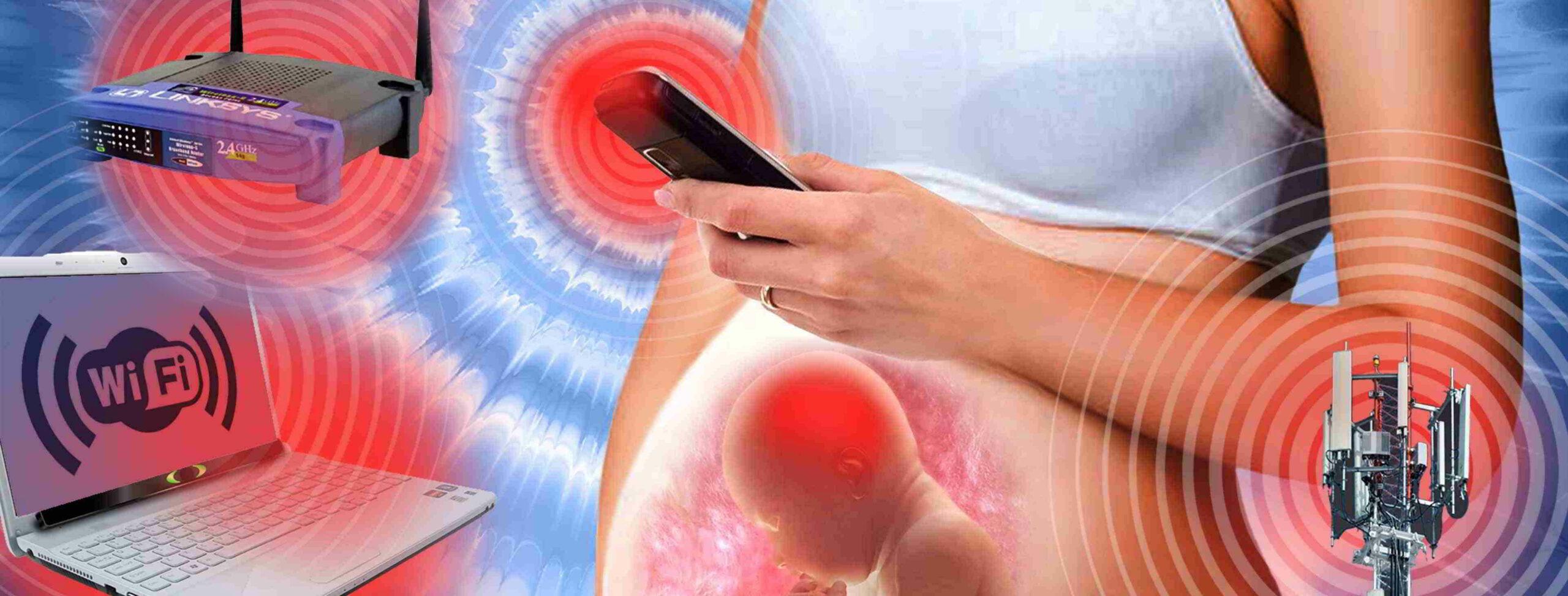Source Article Here
By Lucy Johnston
“There is a body of research that has over the years pointed to the fact that exposure to mobile radiation can lead to depression. There is evidence of higher suicide rates where people live near any electrical equipment that gives off radio or electrical waves.”
There are thousands of masts in Britain
THE spate of deaths among young people in Britain’s suicide capital could be linked to radio waves from dozens of mobile phone transmitter masts near the victims’ homes.
Dr Roger Coghill, who sits on a Government advisory committee on mobile radiation, has discovered that all 22 youngsters who have killed themselves in Bridgend, South Wales, over the past 18 months lived far closer than average to a mast.
He has examined worldwide studies linking proximity of masts to depression. Dr Coghill’s work is likely to trigger alarm and lead to closer scrutiny of the safety of masts, which are frequently sited on public buildings such as schools and hospitals.
It is also likely to fuel more campaigns against placing masts close to public places on health grounds.
Dr Coghill said last night there was strong circumstantial evidence that the masts may have triggered depression in those from Bridgend who took their lives.
They include Kelly Stephenson, 20, who hanged herself from a shower rail in February this year while on holiday in Folkestone, Kent.
Dr Coghill said: “There is a body of research that has over the years pointed to the fact that exposure to mobile radiation can lead to depression. There is evidence of higher suicide rates where people live near any electrical equipment that gives off radio or electrical waves.”
There are now 70 million mobile phone handsets in the UK and around 50,000 masts. Both emit radio signals and electromagnetic fields that can penetrate the brain, and for many years campaigners have argued that this could seriously damage people’s health.
The national average for proximity to a mobile phone transmitter varies depending on the type of mast. The latest masts are far more powerful so they can transmit more sophisticated data, such as photos and videos for people to download on internet phones.
Masts are placed on average 800 metres away from each home across the country. In Bridgend the victims lived on average only 356 metres away.
The national average distance from a new powerful mast is a kilometre while in Bridgend it is 540 metres. Three transmitters were within 200 metres, 13 within 400 metres and as many as 22 within 500 metres of victims’ homes. Carwyn Jones, 28, who hanged himself last week, was the third young person in his street to commit suicide.
Research shows young people’s brains are more susceptible to radio wave energy. Only two weeks ago a report identified mobiles as having an effect on sleep patterns.
Dr Coghill added: “What seems to be happening is that the electrical energy is having an effect on the chemistry of the brain, depleting serotonin levels. We know that in depression serotonin levels are low and that a standard treatment for depression is to give drugs to boost serotonin levels. As they begin to work, the patient’s depression lifts.”
He said urgent research was needed because Britain was now covered with thousands of masts, many close to homes, schools and offices.
Since January 5, 2007, there have been 22 deaths of young people in the Bridgend area. Some believe the suicides are linked but so far experts have failed to find a common cause.
Thomas Davies, 20, hanged himself in February 2007. Last night his brother Nathan, 19, welcomed Dr Coghill’s research. “As far as this family is concerned nothing can bring Tom back,” he said. “But if there is a link found and something can be done then it could prevent further suicides.”
[snip]
